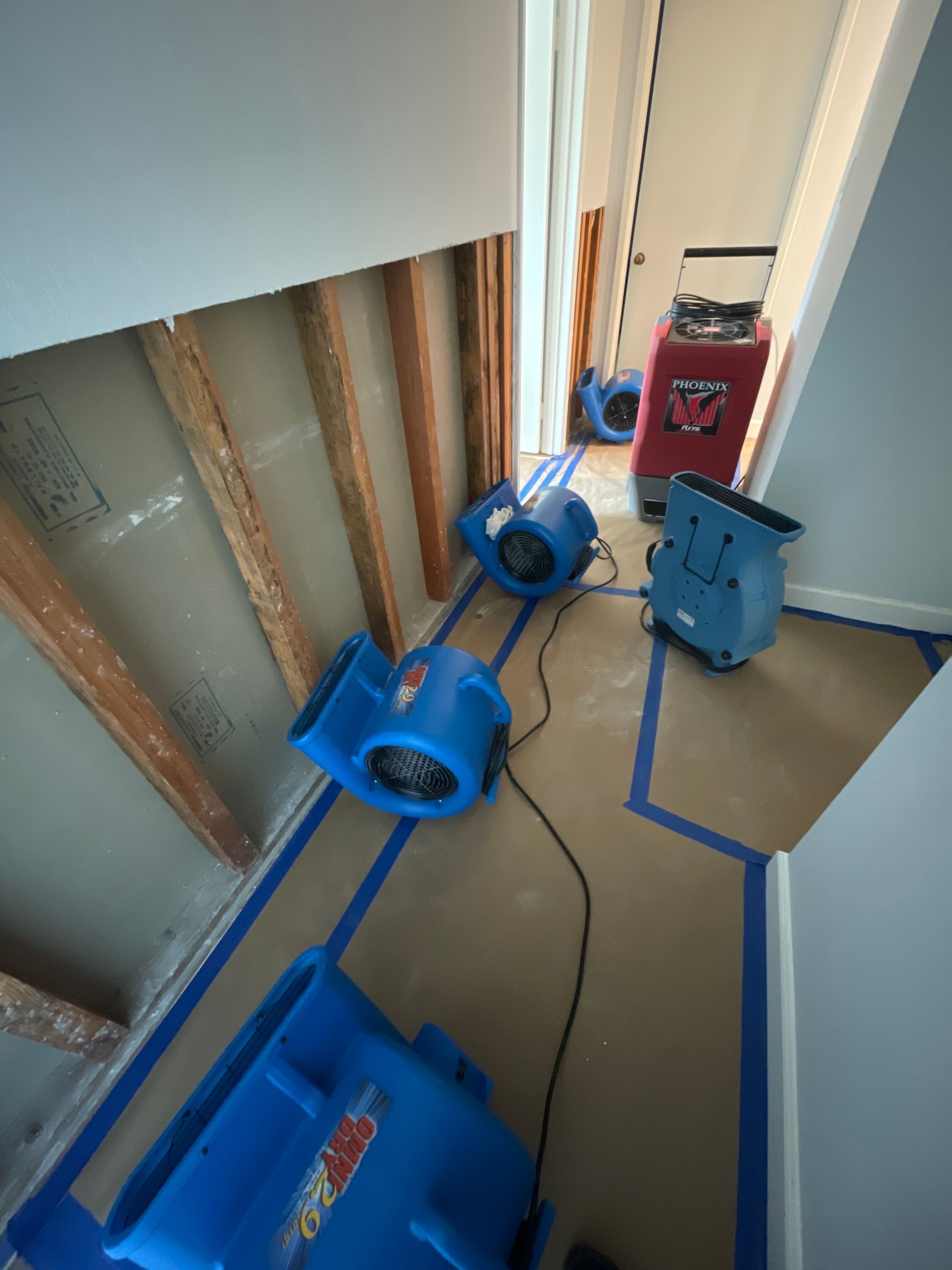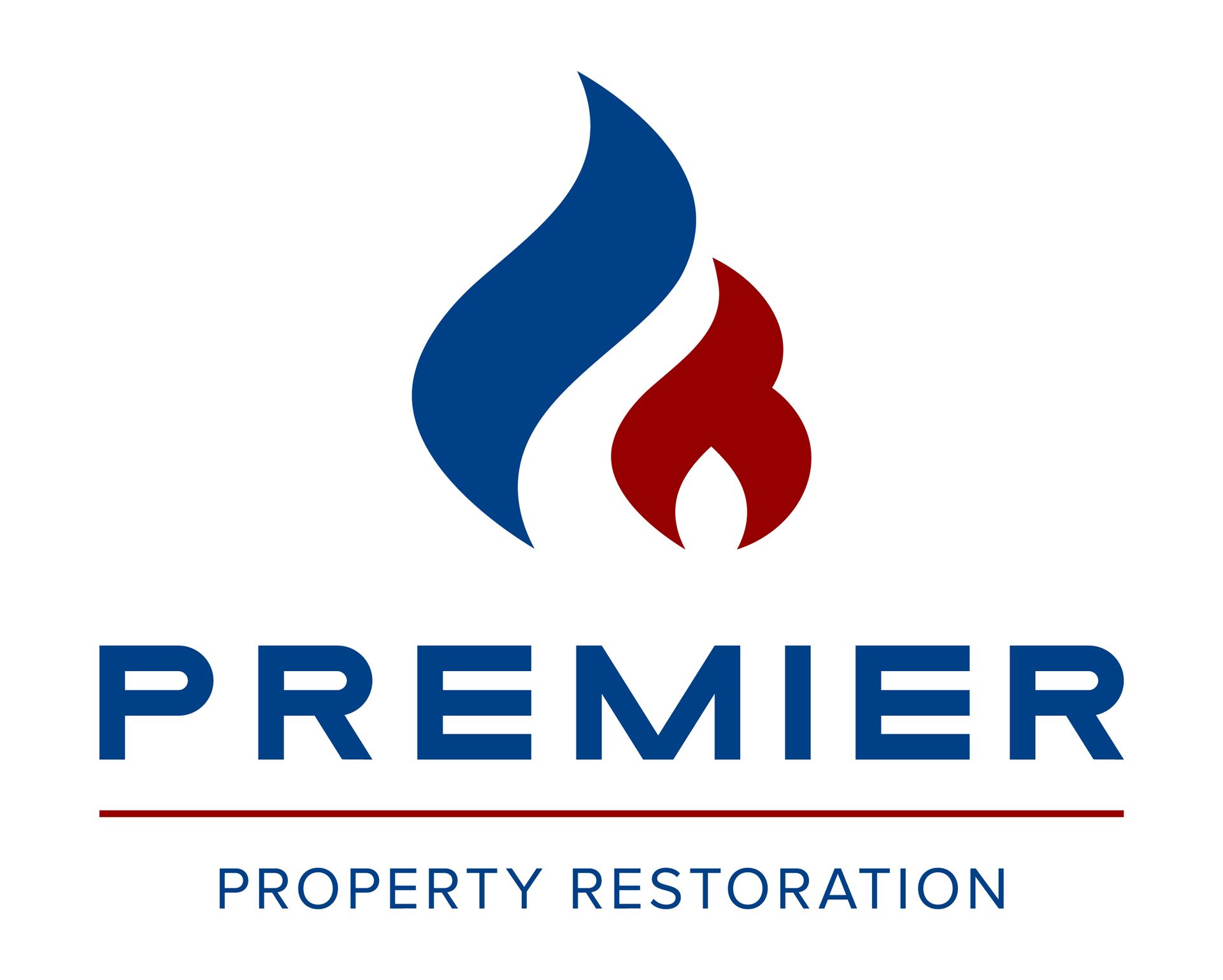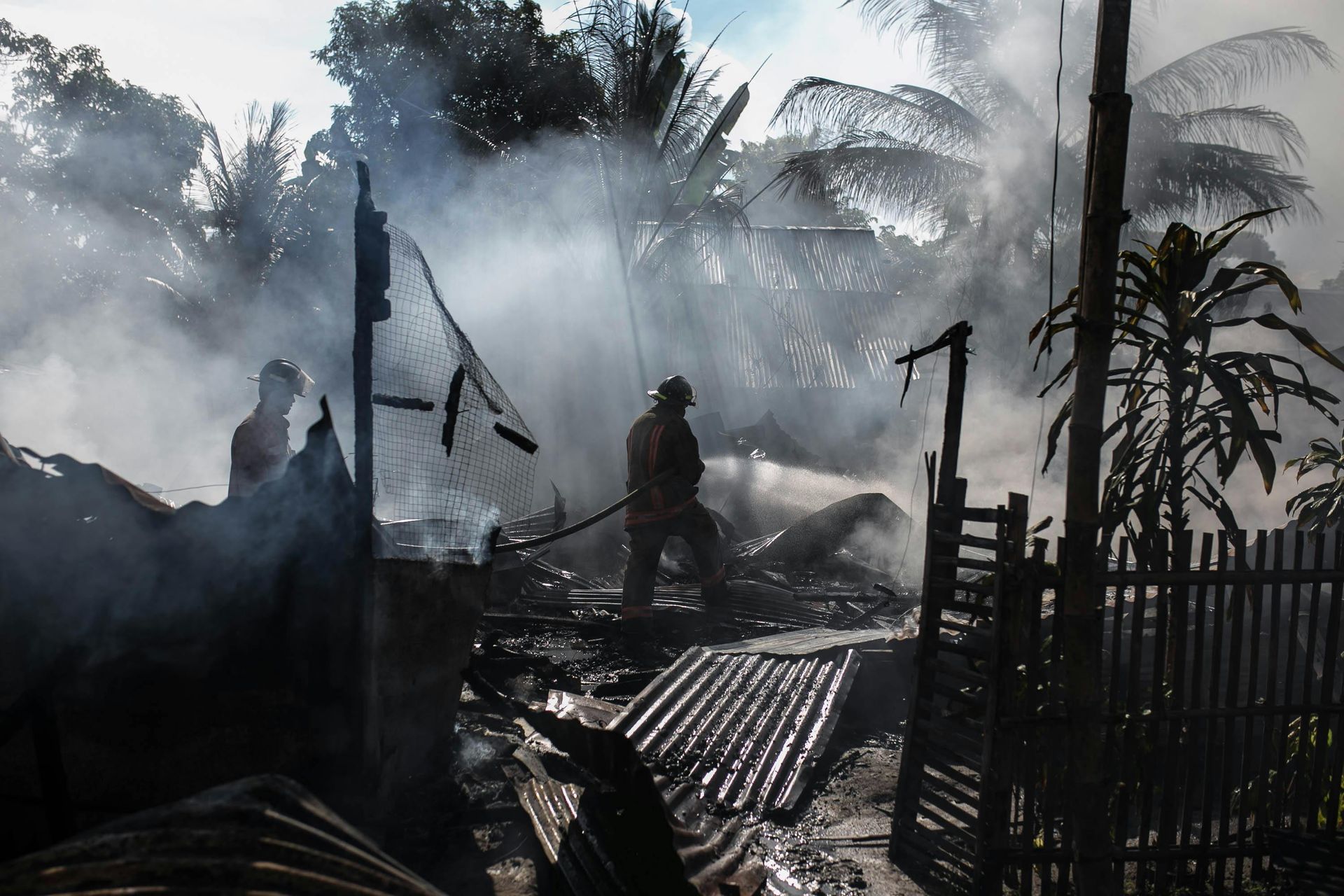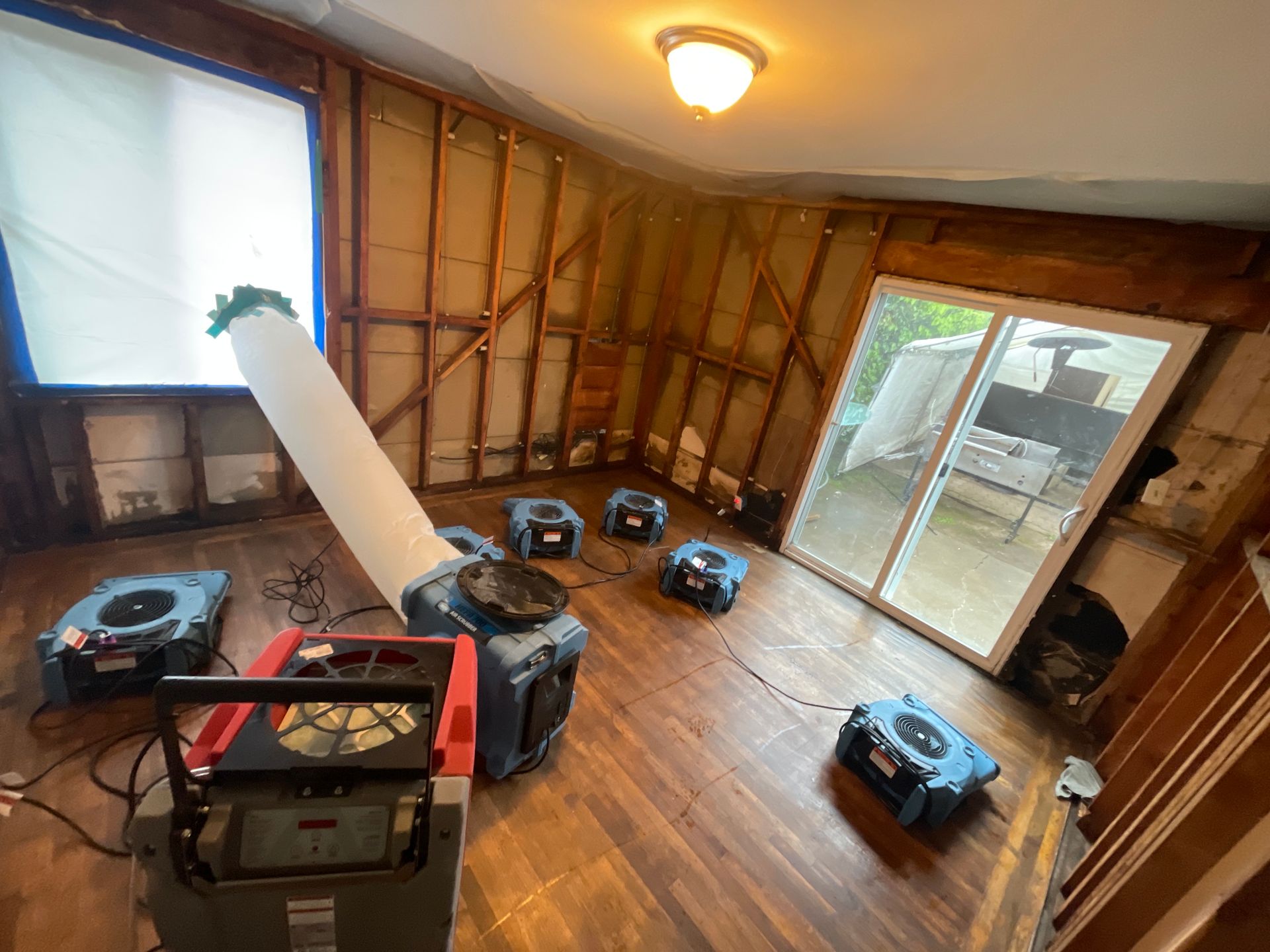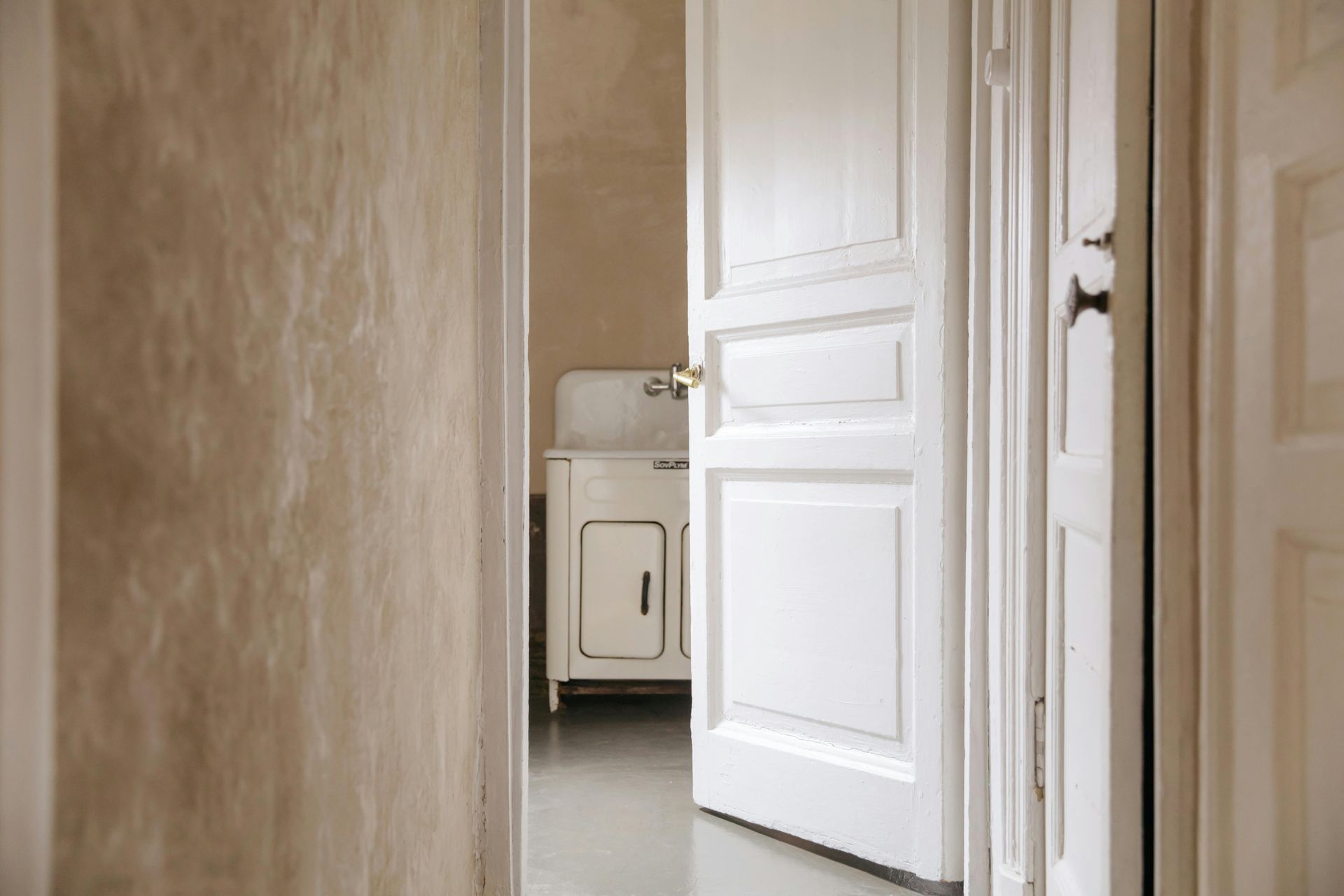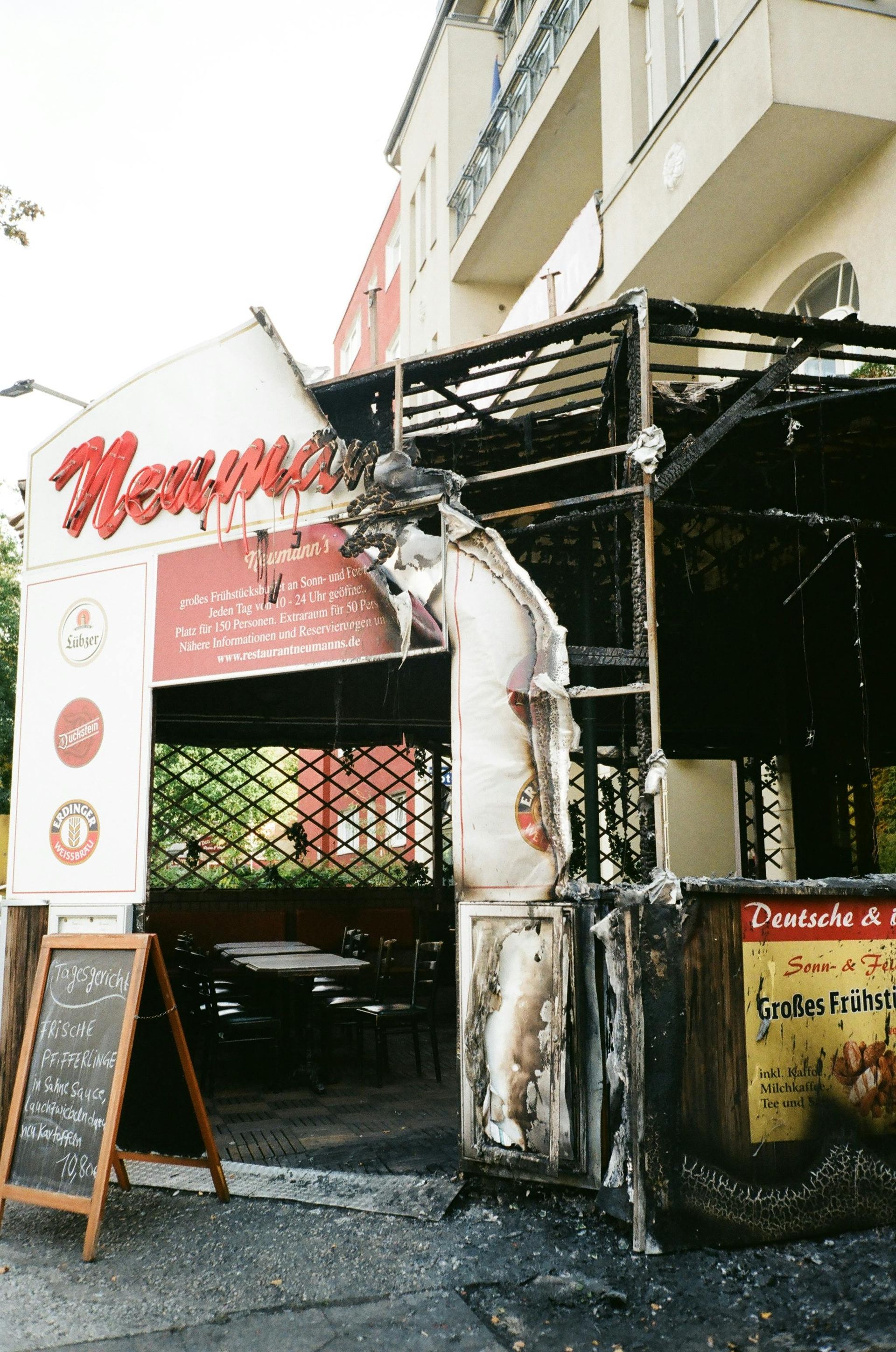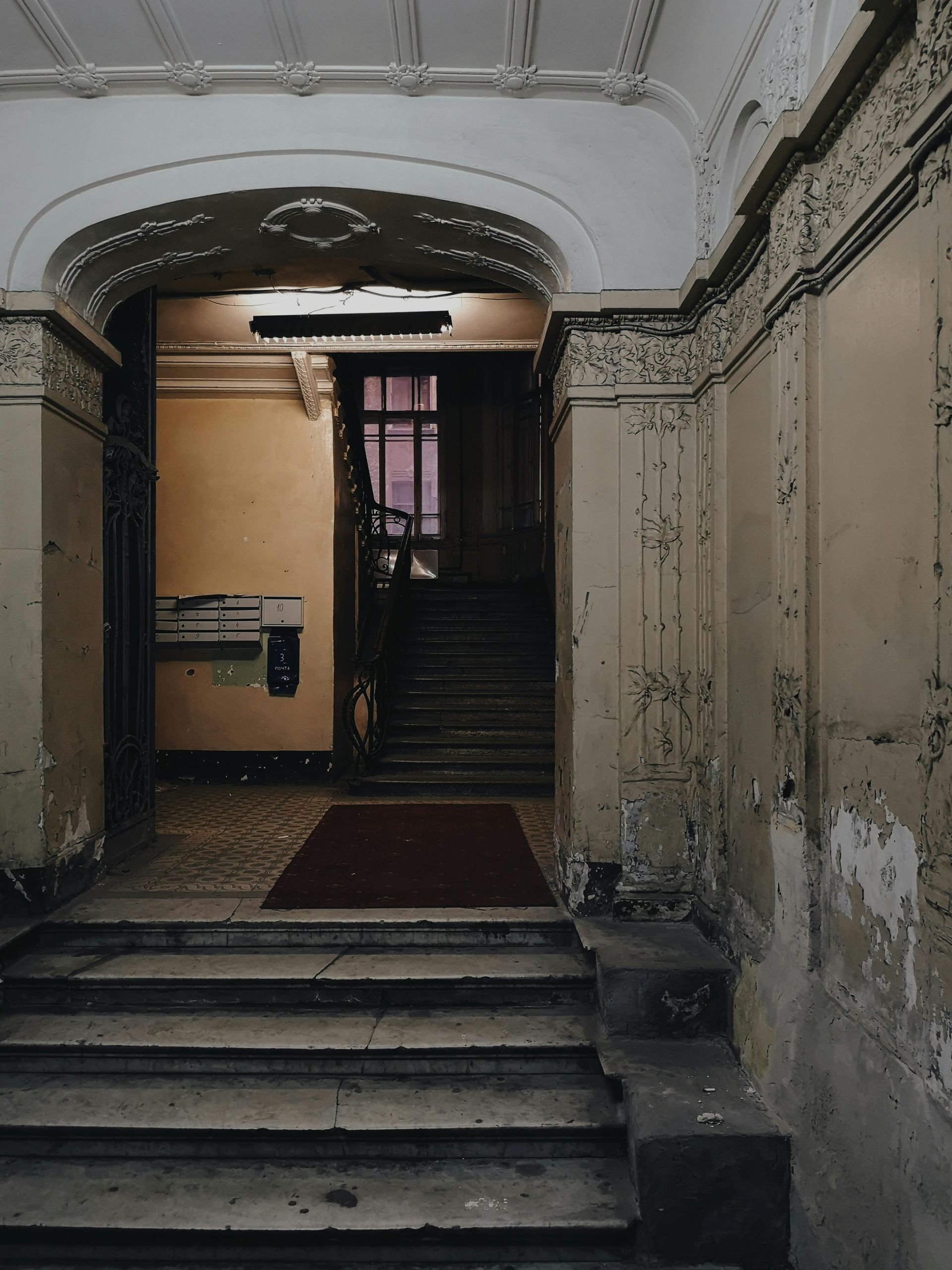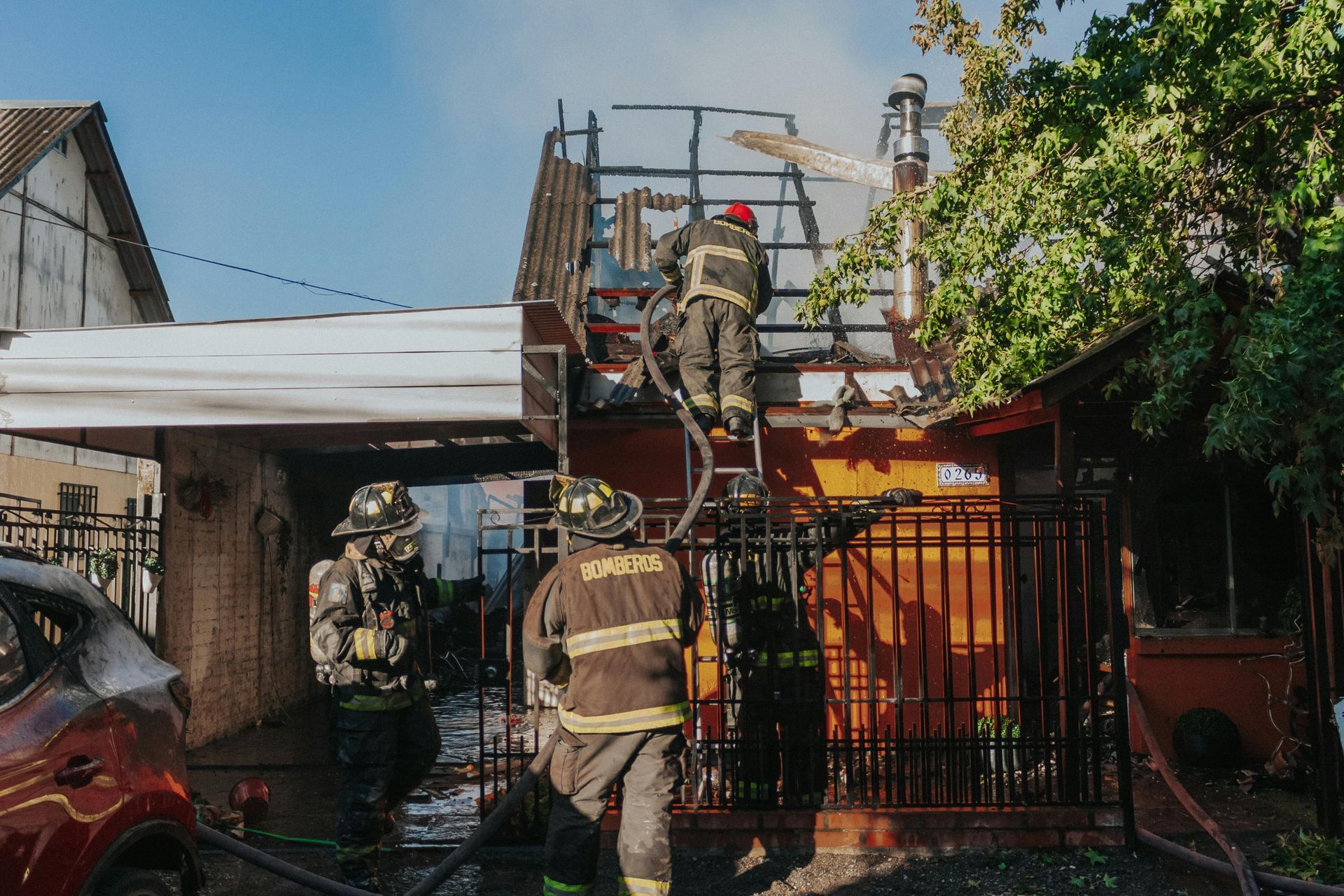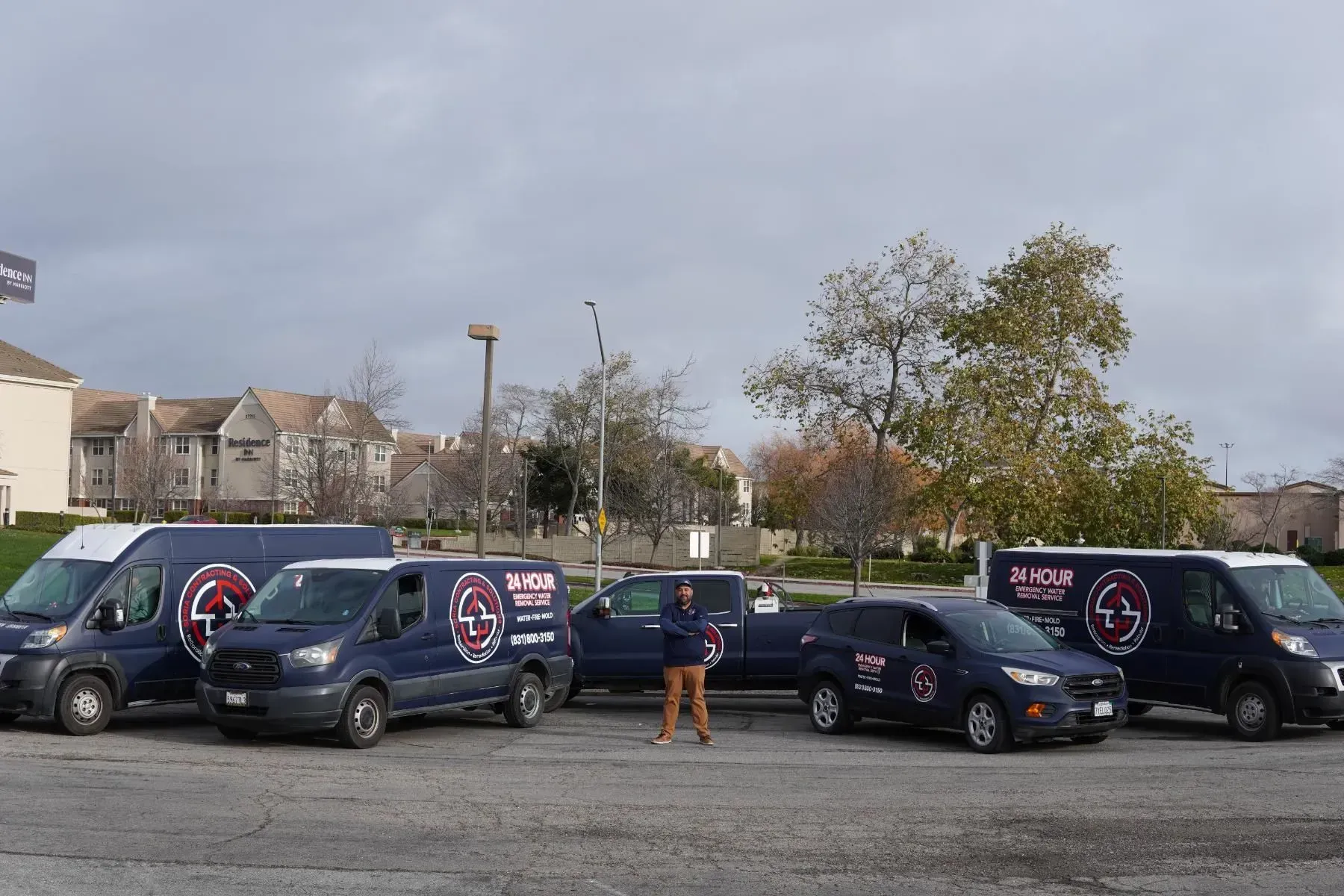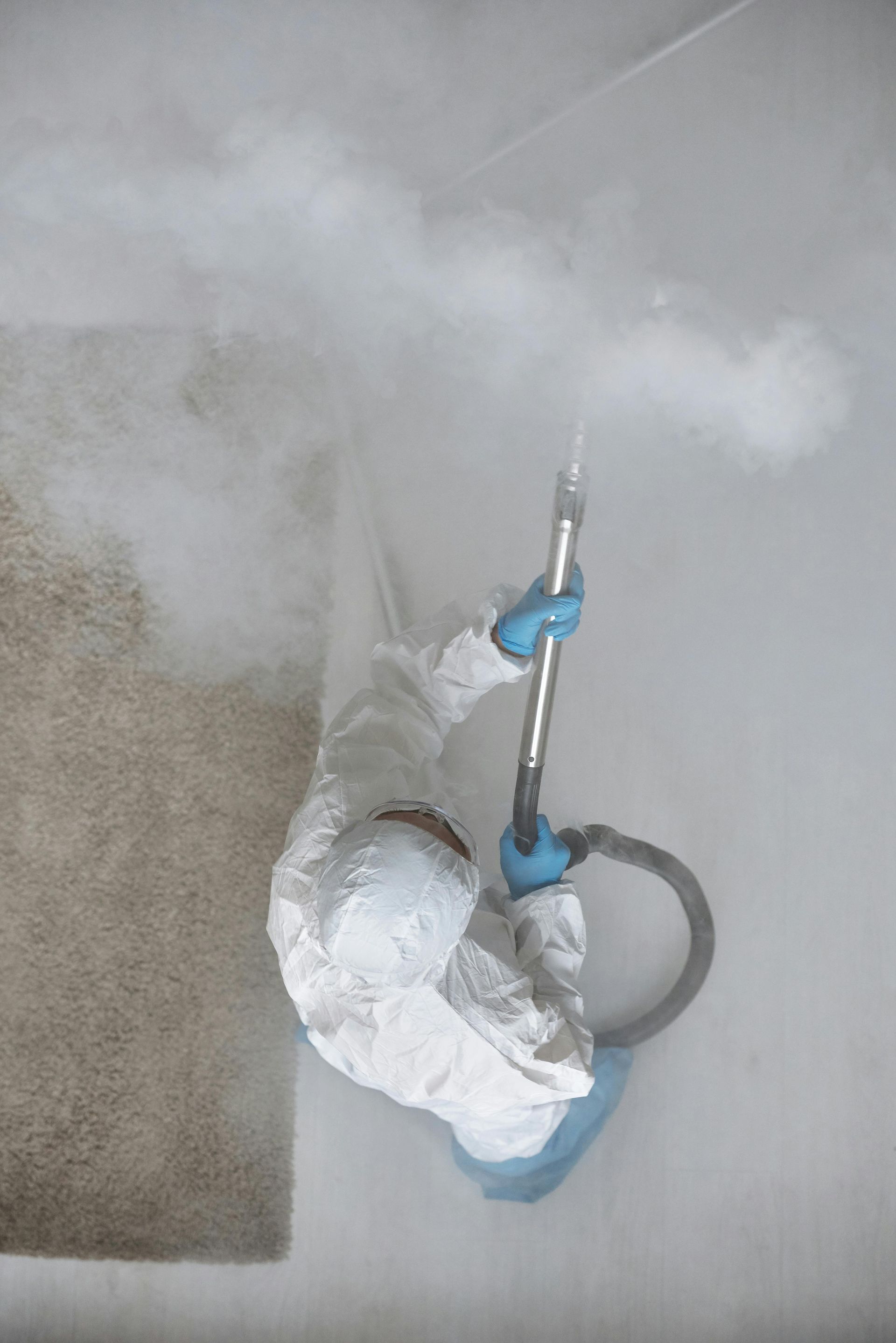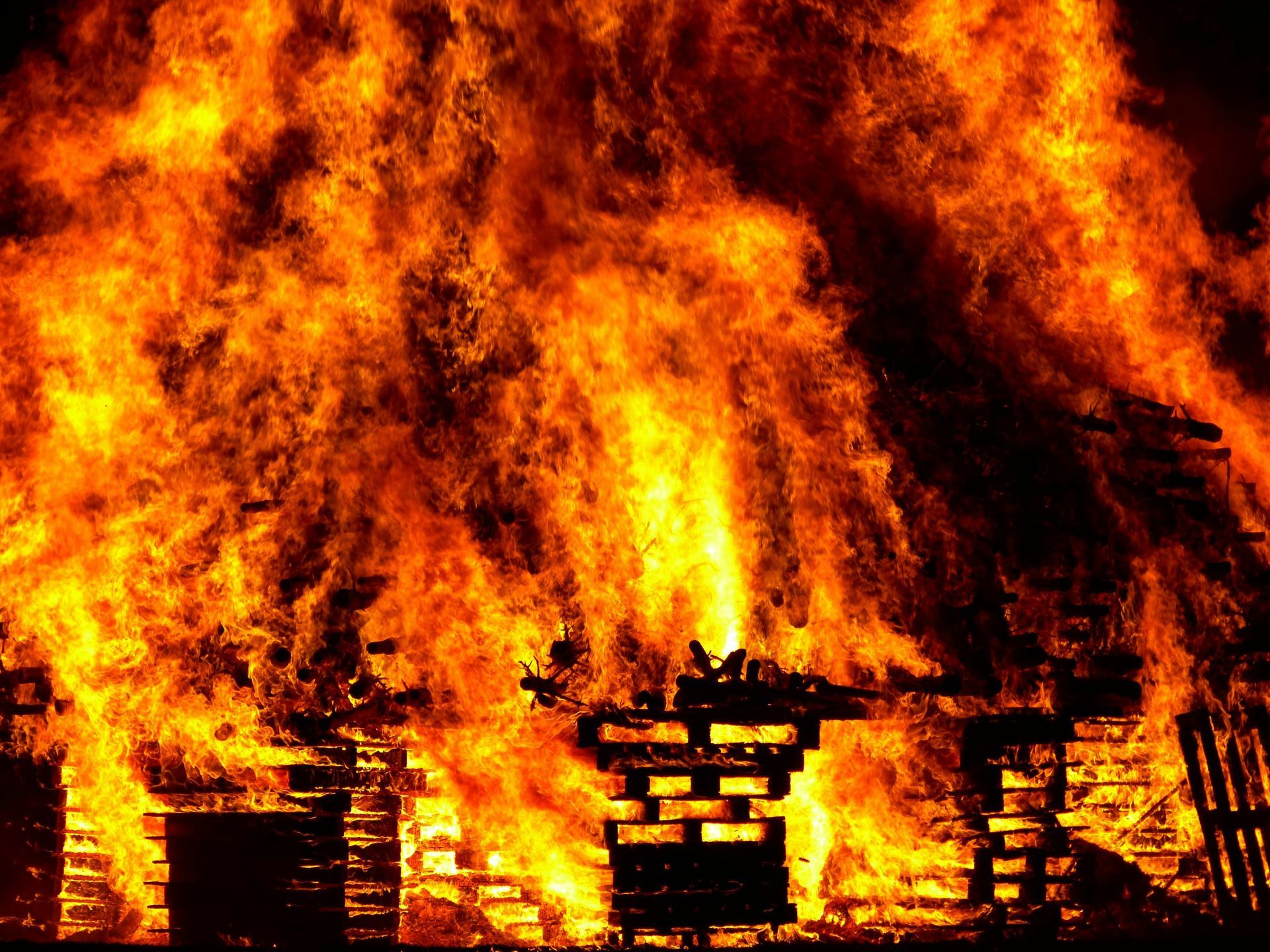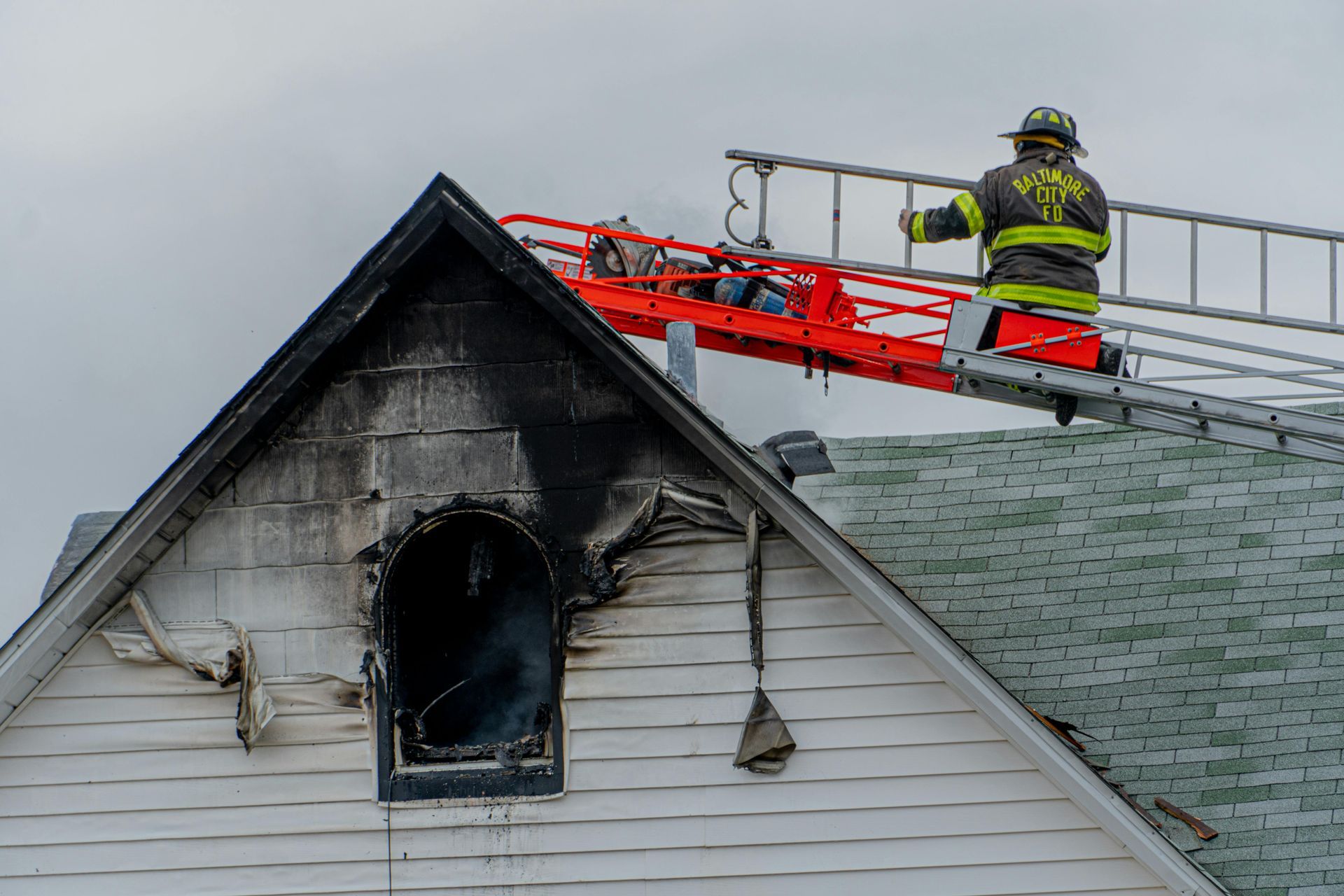The Ins and Outs of the Water Damage Restoration Process: A Comprehensive Guide
Water damage can be a homeowner's worst nightmare, causing not only structural harm but also affecting the health and safety of inhabitants. It refers to the destructive effects water can have on a property, arising from various sources such as floods, roof leaks, and burst pipes. Addressing water damage promptly through an effective water damage restoration process is crucial to mitigate these effects, prevent mold growth, and restore the property to its pre-damage condition. This comprehensive guide will explore the intricate steps involved in the water damage restoration process, including water extraction, drying, dehumidifying, cleaning, and repair. Throughout, we will provide valuable insights into identifying potential sources of water damage, understanding the restoration timeline, and emphasizing the importance of professional intervention.
Assessment and Inspection
The initial assessment and inspection phase is paramount in the water damage restoration process. It acts as the foundation for developing a strategic plan to address and mitigate the effects of water damage efficiently and effectively. During this phase, professionals meticulously identify the extent of the damage and potential sources of water intrusion, which could range from natural disasters to plumbing failures. To accurately assess the situation, specialists employ advanced tools such as moisture meters and thermal imaging cameras. These instruments enable them to pinpoint areas of moisture infiltration and visualize the spread of water throughout the property without invasive measures.
Examples of the types of damage discovered during the assessment include, but are not limited to, structural damage to the building's foundation or framing, ruined drywall, compromised insulation, and the presence of mold and mildew, which pose significant health risks if not addressed promptly. Furthermore, water can severely damage electrical systems and personal belongings, turning a seemingly minor issue into a major restoration project.
The comprehensive data gathered during inspection helps professionals ascertain the severity of the damage, categorizing it into classes and categories based on the extent of water penetration and the materials affected. This critical information allows restoration experts to determine the most effective course of action for remediation. By understanding the scope of the damage, they can formulate a precise plan that includes water extraction, drying, dehumidification, cleaning, and repair workflows tailored to restore the property to its original state, ensuring the safety and well-being of its occupants.
Water Extraction
Water extraction is a critical step in the water damage restoration process, primarily aimed at removing the majority of water from your property to avert further damage and thwart the growth of mold. This procedure involves the use of high-powered pumps and specialized vacuums designed to efficiently eradicate standing water, significantly reducing drying time and helping prevent secondary water damage to flooring, walls, and furniture.
The importance of swift water extraction cannot be overstated. Water is a pervasive force that can seep into the very fabric of a building, causing structural weakening, damaging belongings, and creating an ideal environment for mold and bacteria growth. These conditions not only pose a risk to the physical integrity of the property but also to the health of its occupants. Hence, promptly initiating the water extraction process is crucial.
For homeowners looking to assist with the water extraction process or take immediate action before professional help arrives, there are a few important tips to keep in mind. First and foremost, ensure that it is safe to do so by turning off the electricity to prevent electrical hazards. Avoid direct contact with standing water, especially if it may be contaminated. You can help by moving furniture away from wet areas and lifting curtains or drapes off the floor to begin drying these items. However, for effective and comprehensive water extraction, relying on professionals equipped with the necessary tools and expertise is indispensable. This crucial step lays the foundation for the subsequent stages of the restoration process, underscoring the indispensability of prompt and professional water extraction efforts.
Drying
Following the water extraction phase, drying out the affected area is paramount in the water damage restoration process. This crucial step is not only essential for preventing the growth of mold, which can pose serious health risks, but it also mitigates further damage to building materials such as wood, drywall, flooring, and insulation. Mold can begin to grow within 24 to 48 hours in the presence of moisture, highlighting the urgency of thorough drying and dehumidification.
Professionals employ a sophisticated arsenal of equipment to ensure the affected area is dried thoroughly and efficiently. Air movers and industrial-grade dehumidifiers play a pivotal role in this process. Air movers facilitate the rapid evaporation of moisture from surfaces by creating a continuous flow of air across them. This airflow also helps by dispersing the moist air in the room. In tandem, dehumidifiers extract moisture from the air, significantly reducing the humidity level in the environment and making it less hospitable for mold and mildew to proliferate. Additionally, professionals might use specialized equipment, such as desiccant dehumidifiers, which are especially effective in environments with extensive water damage or in climates with colder temperatures.
Homeowners can assist with the drying process by implementing several strategies before the arrival of professionals or in concurrence with their efforts. Opening windows can introduce fresh air and help to reduce humidity levels, provided the outdoor conditions are conducive (low humidity and dry). Using fans to circulate air across wet surfaces can also aid in the drying process. These actions, while beneficial, are supplementary to the advanced techniques and equipment used by professionals. Through meticulous drying and dehumidification, the restoration process moves forward, aiming to return the property to its pre-damaged state.
Cleaning and Sanitizing
The cleaning and sanitizing phase is integral to the water damage restoration process, targeting the elimination of contaminants and the prevention of mold and harmful microorganisms' growth. This stage is critical, as water damage commonly introduces a host of biological and chemical contaminants into the home, including bacteria, viruses, fungi, and toxins, which can pose serious health risks to occupants.
To address these concerns, restoration professionals utilize a variety of cleaning agents and techniques specifically designed to disinfect and sanitize the affected area thoroughly. These include EPA-approved antimicrobial treatments and disinfectants that are effective against a wide spectrum of pathogens, ensuring a comprehensive sanitization of surfaces. Additionally, professionals may deploy air scrubbers to purify the air of airborne particles and contaminants, further enhancing the cleanliness of the living environment.
A key aspect of this phase is preventing cross-contamination, which could spread contaminants to unaffected areas of the property and exacerbate health risks. Specialists achieve this by establishing containment zones, using physical barriers such as plastic sheeting, and maintaining negative air pressure within the affected area to prevent the movement of air outwards. Protective gear, including gloves, masks, and gowns, are worn by the team to inhibit the transfer of contaminants on personal clothing and equipment.
Such meticulous attention to detail in cleaning and sanitizing not only mitigates the immediate health hazards posed by water damage but also safeguards the long-term health and safety of the property's occupants. Through these comprehensive measures, professionals ensure the environment is not only visually restored but also hygienic, securing the well-being of those who inhabit the space.
Restoration and Repairs
The restoration and repair phase is the culmination of the water damage restoration process, aimed at returning the property to its pre-damage state. This final step involves repairing or replacing damaged materials, including drywall, flooring, and other structural elements. Professional restoration teams meticulously assess the extent of the damage to determine which materials can be salvaged and which need replacement. Surfaces are then painted or refinished to match the original aesthetics of the property, ensuring a seamless restoration.
Working with professionals is paramount during the restoration and repair phase. Their expertise ensures that the work is completed correctly and safely, adhering to building codes and industry standards. Importantly, experienced professionals possess the necessary skills to identify and mitigate potential structural issues that may not be apparent to the untrained eye, thereby preventing future problems.
Communication and Documentation
Throughout the water damage restoration process, effective communication and meticulous documentation stand as critical components, reinforcing the bridge of trust between professionals and homeowners. This aspect of the process ensures homeowners are kept abreast of the progress, understanding every step taken towards the restoration of their property. Professionals prioritize clear, open lines of communication, updating homeowners on timelines, expected outcomes, and any challenges encountered along the way. This not only keeps homeowners involved and informed but also provides them with the assurance that their property is in capable hands.
Documentation plays a pivotal role in this communicative exchange, serving as a transparent record of the damages, the actions taken to mitigate and repair these damages, and the final outcomes of those efforts. Typically, this includes detailed reports that outline the scope of the damage, the evaluation of affected materials, and the procedures employed to restore the property. Photographs are another vital form of documentation, offering visual evidence of the damage before, during, and after the restoration work. These photos can be particularly useful for insurance purposes, helping to streamline the claims process by providing concrete evidence of the damages and the repairs undertaken.
Professionals might also include moisture readings and mold testing results in their documentation, providing a comprehensive overview of the environmental conditions within the property before and after restoration. This level of detail not only aids in the insurance claims process but also reassures homeowners that their living environment is safe and healthy post-restoration. Through effective communication and thorough documentation, professionals in water damage restoration ensure transparency, accountability, and a high level of customer satisfaction.
Water Damage Restoration With First Call Restoration
First Call Restoration stands as your premier partner in navigating the complexities of the water damage restoration process. Our team of certified professionals is equipped with the latest technology and expertise to ensure your property is restored efficiently and effectively. We prioritize transparent communication, providing detailed documentation and updates throughout every step of the process. Dedicated to excellence, we ensure that every aspect of the restoration meets the highest standards of quality and safety. Experience the peace of mind that comes with choosing First Call Restoration for your water damage restoration needs. Contact us today to begin your path to recovery.
